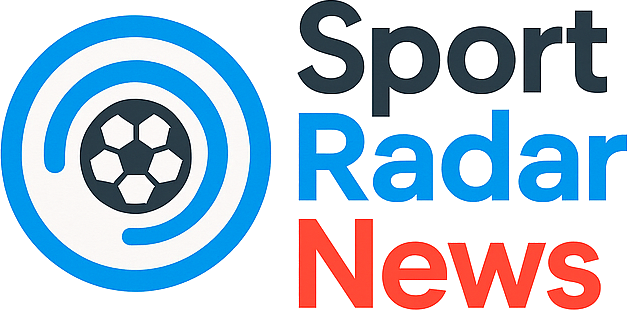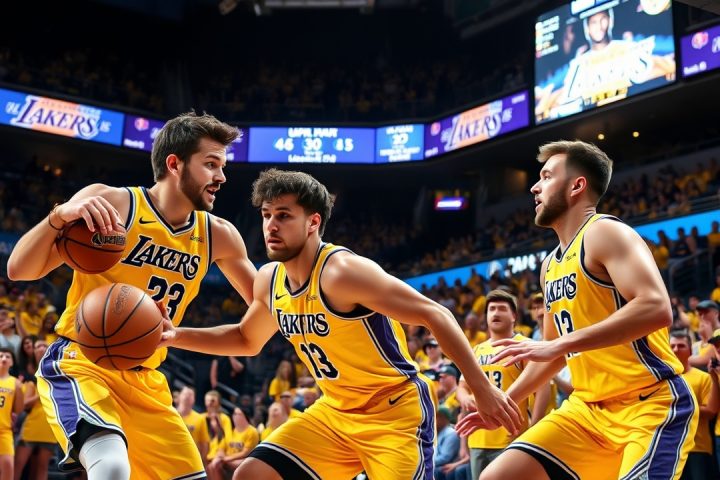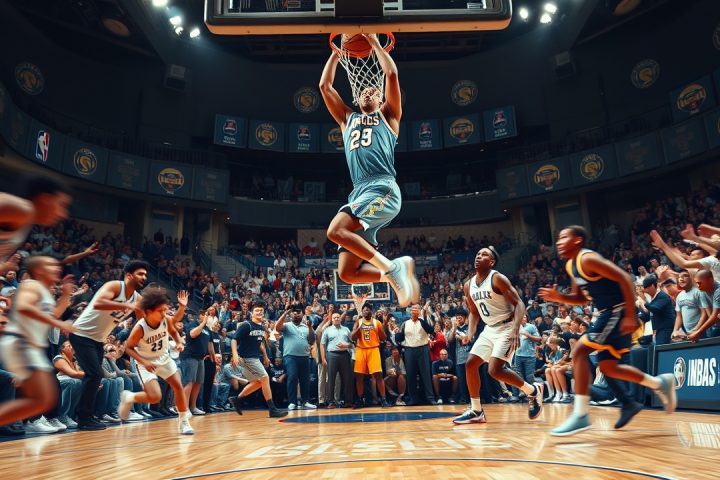The Evolution of NBA Dominance
The landscape of the NBA is characterized by fluctuations in dominance, with dynasties historically shaping the league’s identity. Bill Russell’s Celtics exemplified this during the 1960s, followed by the fierce rivalry between Larry Bird and Magic Johnson in the 1980s. The 1990s and 2000s saw the emergence of teams like the Chicago Bulls, Los Angeles Lakers, and San Antonio Spurs. Recently, the 2010s became synonymous with LeBron James’s franchises, particularly the Miami Heat and the Cleveland Cavaliers, alongside Stephen Curry’s Golden State Warriors.
Current Competitive Balance
However, since the Warriors claimed consecutive titles in 2017 and 2018, the NBA has entered a unique period of competitive balance. The last six seasons have witnessed a record number of champions—seven different teams hoisting the Larry O’Brien Trophy, while 11 distinct franchises reached the Finals, marking the highest number in the league’s history. Notably, the defending champions have failed to return to their conference finals for the past six years. This trend mirrors the late 1970s when six different teams emerged as champions amid a shake-up following the ABA-NBA merger.
Commissioner Silver’s Vision
NBA Commissioner Adam Silver has consistently advocated for this parity, viewing it as beneficial for the league’s sustainability. In a recent ESPN interview, he stated,
“When more teams have a genuine chance at winning a championship, the competition on the court is more compelling, and fans in more markets are engaged.”
While he acknowledges the appeal of dynasties, he emphasizes the importance of fairness in maintaining a competitive environment.
Impact of the Collective Bargaining Agreement
The question now is whether the contemporary collective bargaining agreement (CBA) has fundamentally influenced the business of basketball, signaling an end to the era dominated by powerhouse teams or merely setting the stage for the next wave. Following the Oklahoma City Thunder’s NBA title win in June, General Manager Sam Presti highlighted the novelty of the salary cap’s structure, suggesting that teams are still adapting to the new restrictions. He cautioned against prematurely concluding that the new rules will limit small-market teams’ potential to remain competitive.
In response to the previous successful teams, the current CBA imposes first and second salary cap aprons which challenge high-spending teams to re-evaluate their financial strategies. The Boston Celtics, who were on track to become the first NBA team with a $500 million roster, made headlines this offseason by trading key players, including Jrue Holiday and Kristaps Porzingis, reducing their payroll significantly. Meanwhile, the Cleveland Cavaliers, who crossed the second apron, lost significant players in free agency, illustrating the impact of these financial limitations.
Similarly, the Denver Nuggets were compelled to trade pivotal first-round picks alongside star Michael Porter Jr. to create financial flexibility, allowing them to enhance their roster’s depth. This level of strategic decision-making reflects Silver’s vision for increased accountability and smarter financial management—teams now must prioritize flexibility over mere talent acquisition to navigate the new financial landscape.
Future of Team Strategies
As teams like the New York Knicks build supportive rosters through strategic contracts and fulfilling trades, others like the Orlando Magic aggressively seek championship status with acquisitions aimed at putting together competitive lineups. The Thunder’s current roster, including stars like Shai Gilgeous-Alexander and Chet Holmgren, is bolstered by seasoned veterans on favorable contracts, setting them on a path toward sustained success without incurring repeater tax penalties.
The competitive environment also remains fierce across the league, with teams like the Houston Rockets adding star power and the Lakers positioning themselves for a deep playoff run. This talent influx complicates the path to sustaining excellence, as established stars like LeBron James and Kevin Durant continue to perform at high levels, maintaining a competitive edge over emerging talent.
Looking Ahead
Looking ahead, the central inquiries for the NBA are whether this era of parity will persist and if that is genuinely beneficial for the sport. While a previous period of competitive balance coincided with an influx of talent from league mergers, the modern-day paradigm is shaped by the pandemic’s economic disruptions and a capped salary environment.
Executive discussions suggest that the ability for franchises to build dynasties might remain elusive unless they navigate a complex web of contracts and player movements. This results in a recent shift in focus towards building deeper, well-rounded rosters rather than simply accumulating star talent. As the league evolves, Silver’s pursuit of championship parity may indeed be within reach, even as it challenges the traditional notion of dynastic supremacy in the NBA.




